A Police K-9 Bit Its Handler 6 Times. What to do?
Why Police K9s Bite Handlers: Causes & Prevention
Cindy and I get questions on dog training every day. We answer them all. I have a soft spot in my heart for police K-9 handlers. Probably because I was one for 10 years.
This question came from a new dog handler who had been bitten by his new police dog 6 times. I'll list the questions and then offer comments on a possible solution.
I have a 3-year-old German, Dutch Shepherd mixed with Malinois (Jake).
I was wanting to know if the Pack Structure would work.
I've been having issues with his obedience and also his "out" command. ("Out" is a command used to tell the dog to release the bite, used in bitework and tug play.)
He has bitten me at least six times, three of which were when I used an e-collar and other times while doing training scenarios.
Do you have any suggestions that could help with my issues?
We have done several vehicle searches, 2 arrest warrants, 1 apprehension, a few tracks, 1 article search.
Our trainer wants to “break the dog down” by using punishment to correct behavior.
This trainer has been dealing in dogs for over 25 years, but has old school mentality.
I received the dog after another handler had him for about 2 months.
During that time, we focused on training the fundamentals of tracking, apprehension, and narcotic searches. We have not done a lot of obedience training.
I have been feeding the dog by hand to see if that will help the bond between us.
This is a complicated question, and the answer varies from dog to dog.
To begin with, we need to determine if handler aggression is a result of using strict avoidance training on the wrong dog or is it an issue of trying to work with a genetically RANK dog. I will talk about the issue of rank dogs first.
Rank Dogs
A Rank dog is one that will not accept any position in a pack other than first place. Rank drive is a genetic issue. It cannot be trained into or out of a dog. In fact, rank drive gets stronger with age.
A dog with rank drive can be managed, but it will never accept a permanent leader. They are always stressed because they feel they should be at the top of the pecking order and they are not there - yet. That's why they can never really relax. They also don’t like obedience training because they resent being told what to do. They can be forced to learn obedience commands, but they always look for a weakness in the leader and when they can, they are willing to fight for leadership. This is when handlers get dog bit, often badly.
Unless a person has been around a truly rank dog, they will have a difficult time determining if a dog is truly rank. Once a person has seen a rank dog it becomes much easier to recognize it.
Inexperienced people often confuse reactive dogs with rank dogs. These are two totally different types of dogs and the solutions to train or manage them are also different. The same goes for dogs that have been allowed to exhibit and practice bad behavior, meaning they have learned that growling at the owner, or snapping at the owner, gets them what they want, so they have learned to display this behavior which results in owner thinking the dog is rank or dominant and it's trying to be the pack leader. This behavior is not that difficult to solve with reactive and opportunistic dogs. It takes strict management (to prevent continued practice of the behavior) and some force to teach the dog that behavior is unacceptable. How much force, and what kind of force, depends on the age of the dog, how long it has been allowed to act like this. But once they learn there are serious ramifications to stupid behavior, they stop acting like they have.
There are people who will claim they have a rank-dominant dog, when the fact is that is not the case, rather they have a reactive dog. Many reactive dogs can be rehabilitated.
This solution will never work with a truly dominant & rank dog. A rank dog will never stop looking for a way to win and control the situation. They think they can beat you, and given an opportunity, they will challenge you. A truly dominant dog is best described as a confident and assertive dog. Dominance also cannot be assessed until the dog is mature. (A biting puppy is not a dominant dog.)
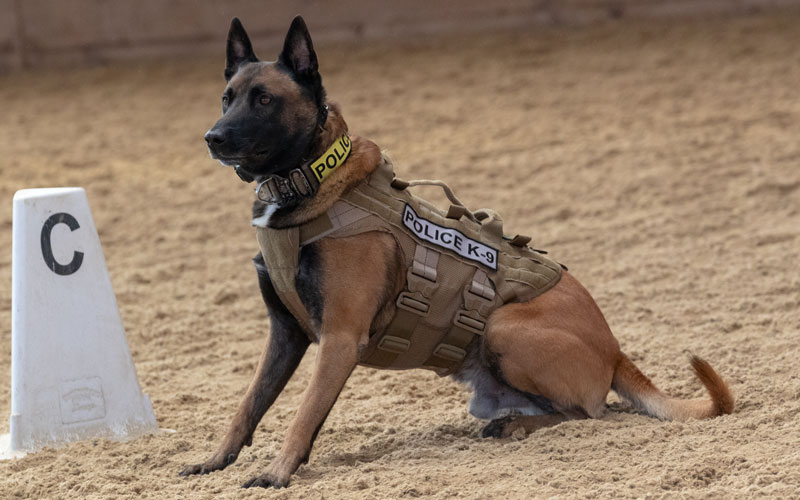
The best way to determine if a dog is truly rank is to have a very experienced police K-9 instructor (not a K-9 handler) run the dog through a police service dog selection test. The problem with this is that there are very few people who have the experience to do this correctly.
It must be said that most police K-9 handlers are not qualified to run selection testing. They are dog handlers who can maintain training on the dogs they were assigned to; they seldom are part of the process of testing those dogs. This is because our standards have evolved and changed.
Years ago, we used to think a dog that was biting someone would make a good police dog. We learned that this was seldom the case. Rank dogs simply do not make good police dogs. This is because these dogs tend to constantly fight against and challenge their handler instead of working with them. These dogs tend to be more handler-aggressive and harder to train, and often become a liability to the department instead of an asset. Experienced police dog instructors, like my friend Kevin Sheldahl, who is one of the best police dog instructors in the country, will not accept rank dogs from his European dog vendors.
Today, we have learned to test and select dogs that are adaptable, high drive but willing to appease, have strong nerves, and a stable temperament. We want dogs who can work in a flexible manner depending on the environment they are deployed in, but also committed to the work despite the stress associated.
Harsh Avoidance Training
Avoidance training is the opposite of reward-based training. In this style of training, the dog is taught obedience through the application of punishment. We would teach a dog to avoid punishment by complying with obedience commands.
Back in the 1960s and 1970s, that is how I first learned to train dogs. There was no reward-based training back then. Today, I call it Yank-and-Crank training.
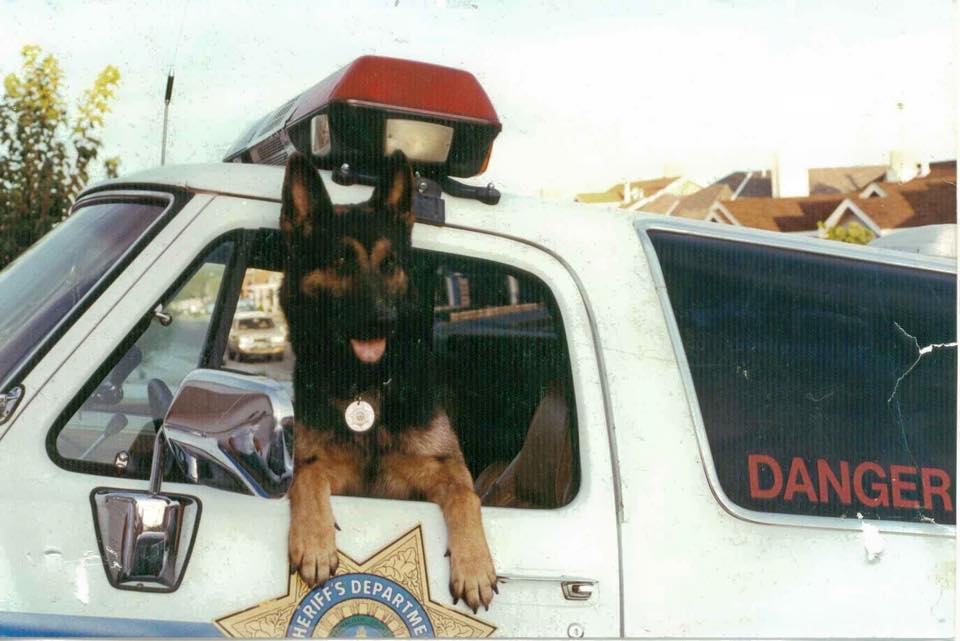
The problem with this style of training is that it’s a terrible way to teach behaviors. In the beginning, the dog has no idea what you are asking it to do when you give it a leash correction. This causes a lot of unnecessary stress.
Heeling was a perfect example. We would take a new dog, walk down the field, say “Heel” as we took a right turn and corrected the dog at the same time. The dogs quickly learned they could avoid the correction by paying attention and turning quickly as we made the turn, thereby avoiding the correction.
Problems arose when we tried this with a mature adult dog that had a strong temperament. Giving these dogs a hard correction for something they don’t understand can often result in the dog aggressing into the handler.
So rather than going through a stage of “learned helplessness”, those dogs resort to handler aggression.
If this handler’s dog is not rank, there is a good possibility that this is the reason the dog bit him six times. I say this because 3 of those 6 bites happened when he was using a remote collar.
Remote collars should never be used to teach behaviors. Doing so almost always confuses the dog, and with some dogs, the stimulation from the collar can trigger handler aggression.
The way we teach behaviors today is through reward-based training. This means the handler needs to know what markers are. He or she needs to understand how important the timing of markers is. They need to know how to determine what his dog’s high-value rewards are. Lastly, they need to know how to vary which reward is used in training and then how to deliver the rewards.
Finally, handlers need to learn how to build motivation for their training sessions so they can use those sessions to build or rebuild their relationship with this dog.
I get the feeling that this dog handler has never been taught any of these things. So in the next section, I will pose questions to ask that may help build a path to rehabbing this dog (if it can be rehabbed).
Questions
-
What is the training history of this dog? Has it been trained with yank-and-crank methods or reward-based training?
Based on what the officer said I would tend to believe that this is the case.
-
I would like to know a little of the skill level of the officer’s training. Based on his email and the fact that he is reaching out for help, my guess is he doesn’t have a lot of dog training experience.
This is not his fault. It is the fault of his department.
-
What were the circumstances of these 6 dog bites? Did the dog bite the previous handler, and what were the circumstances of those bites?
-
What type of temperament does this dog have? Is it a highly motivated dog for rewards? Or does it lack drive for the work? Do you have to force the dog in simple obedience?
The more motivated a dog is for rewards, the easier it’s going to be to work on repairing the relationship with the handler using reward-based training methods.The less motivated the dog is, the more difficult this will be to fix.
With dogs that lack motivation, trainers often apply corrections sooner than when they should because they are not seeing results quickly enough. Unfortunately, that’s the wrong thing to do and not what those dogs need. This often can ruin any motivation the dog had and the relationship with the handler.
Highly Motivated Dogs
Dogs that are highly motivated for rewards, be it food or a toy, learn quicker. These types of dogs want to learn what they have to do to get those rewards they love. So if this is what the temperament of this dog is like, then the first training goal needs to be to build the dog’s motivation. Find games the dog enjoys, learn marker training, and use REALLY HIGH value food rewards—not cheap treats but rather pieces of meat or cheese.

Check out Happy Howie’s Meat Rolls – a favorite among police and military K9 trainers. These all-natural, single-protein rolls are easy to prep, slice, and freeze for on-the-go sessions. No junk fillers, just real meat your dog will work for.
So, the first approach with a motivated dog should always be to teach the dog what it needs to do to get its rewards, hence “reward-based training.”
Keep in mind that reward-based training is nonconfrontational. There is zero pressure on the dog, so that eliminates any handler aggression.
For example, the handler has struggled with the "OUT"–he may have to learn the “lift-off” and just accept the fact that this is how he will handle all "OUTS" in the future.
Some things can be made better but never fully fixed. In some of those situations, the only solution is to change the way you manage the dog.
One of the hardest things any dog trainer, either professional or a normal trainer, will learn is that they can’t fix every dog problem.
Don’t Listen to OLD SCHOOL TRAINERS
The guy with 25 years of experience who wants to break the dog down with a remote collar is not qualified to have any part of rehabbing this dog. He has already failed in his job and should be retired.
SHORT REVIEW
-
The handler needs to learn marker training with an emphasis on perfect timing and reward delivery. Check out our course on The Power of Training Dogs with Markers to learn more.
-
His short-term focus should be on fair management and not worrying about enforcing perfect obedience. We would stop all corrections and focus on teaching and reinforcing the behaviors we want instead of correcting the behaviors we don't want. Fine-tuning obedience comes later, and it takes time. Corrections can be added back in after the dog fully understands what it should do (instead of what it shouldn't do).
Always remember it is easier to add the behaviors you want instead of removing the behaviors you don't. Use proper management to prevent unwanted behaviors.
-
If this were my dog, I would probably start from scratch and rename all of the obedience commands.
For example, rather than use the word "DOWN", I may use the German word "PLATZ". Remember you can use any words or language you want as long as you are consistent in their meanings.
-
I would stop using a remote collar for a long time. I would wait until the dog knows the meaning of the new commands before pairing the leash and remote collar with low-level stimulation. I would also highly recommend our remote collar courses to this handler. We have several, but I think he would be best served by our Remote Collar Master Class with Michael Ellis.
We have 2 other excellent online courses on the subject also.
-
Once the marker training was going well with learning new obedience commands, I would start training tug work with the dog.
We cover this in detail in our course titled The Power of Playing Tug with Your Dog.
This could be a slippery slope, so it is important that the dog learns the “rules of play”.
They are:
- All toys are the handlers toys
- The dog must play enthusastically when I ask him to play.
- He must go get the toy and bring it back when I toss the toy.
- He must "Out" or release the toy when I ask.
You Must Be Willing to Admit Defeat
One of the hardest parts in being a dog trainer, either as a civilian or as a professional trainer, is to admit that we cannot fix every problem.
All we can do is try these things, and they still may not work, or it could take months, and in fact it may have gone on so long that it may not be fixable at all. Maybe this dog wasn't selection tested properly, and it is not cut out to work as a police K9. Whatever the situation, we have to be honest with ourselves when there is nothing more that can be done.
Getting Started with Reward-Based Training Bundle
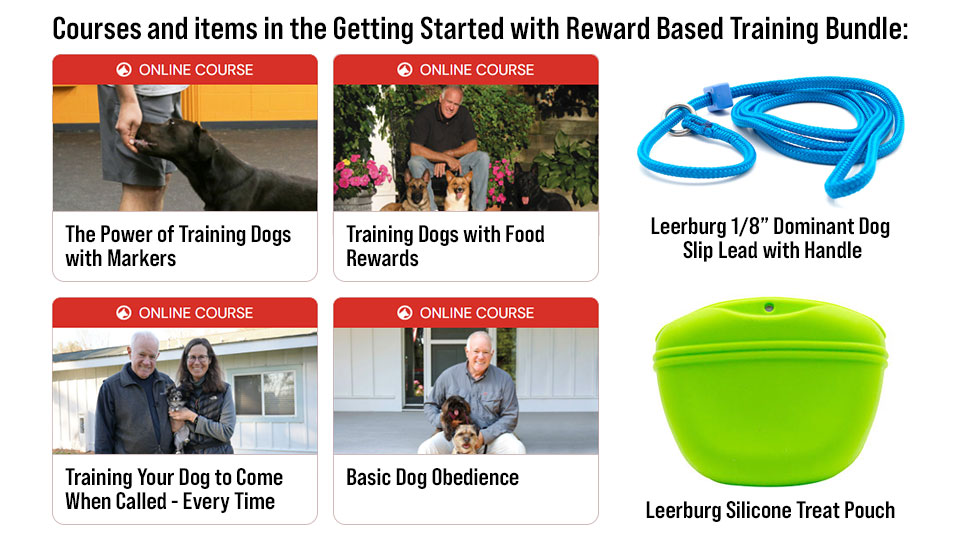
Getting Started with Reward-Based Training Bundle was curated to make it easier for new trainers to get started on the right path, faster and with confidence. If you're new to dog training—or if you're transitioning from another training philosophy and want to learn Reward-Based Training—this course bundle is the ideal starting point.
This specially curated package includes four of our most essential online courses plus two items essential for these courses:
- The Power of Training Dogs with Markers (Updated in 2024)
- Training Dogs with Food Rewards (Updated in 2024)
- Train Your Dog to Come When Called (2023)
- Basic Dog Obedience
- Leerburg 1/8" Dominant Dog Slip Lead with Handle
- Leerburg Silicone Treat Pouch
When done correctly, reward-based training creates dogs that truly love training sessions. They become engaged, eager, and excited to learn. This approach builds a foundation of trust and respect, forming a lifelong bond between dog and handler.




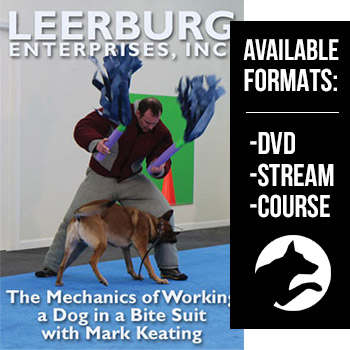
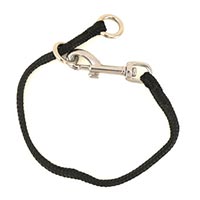
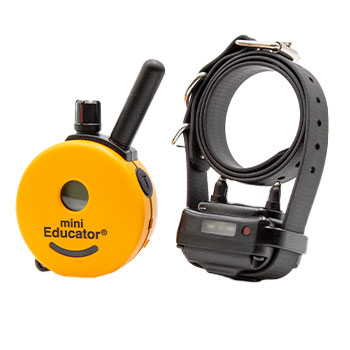
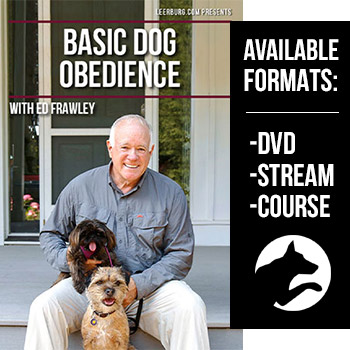
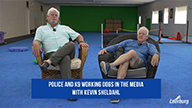
Ask Cindy.